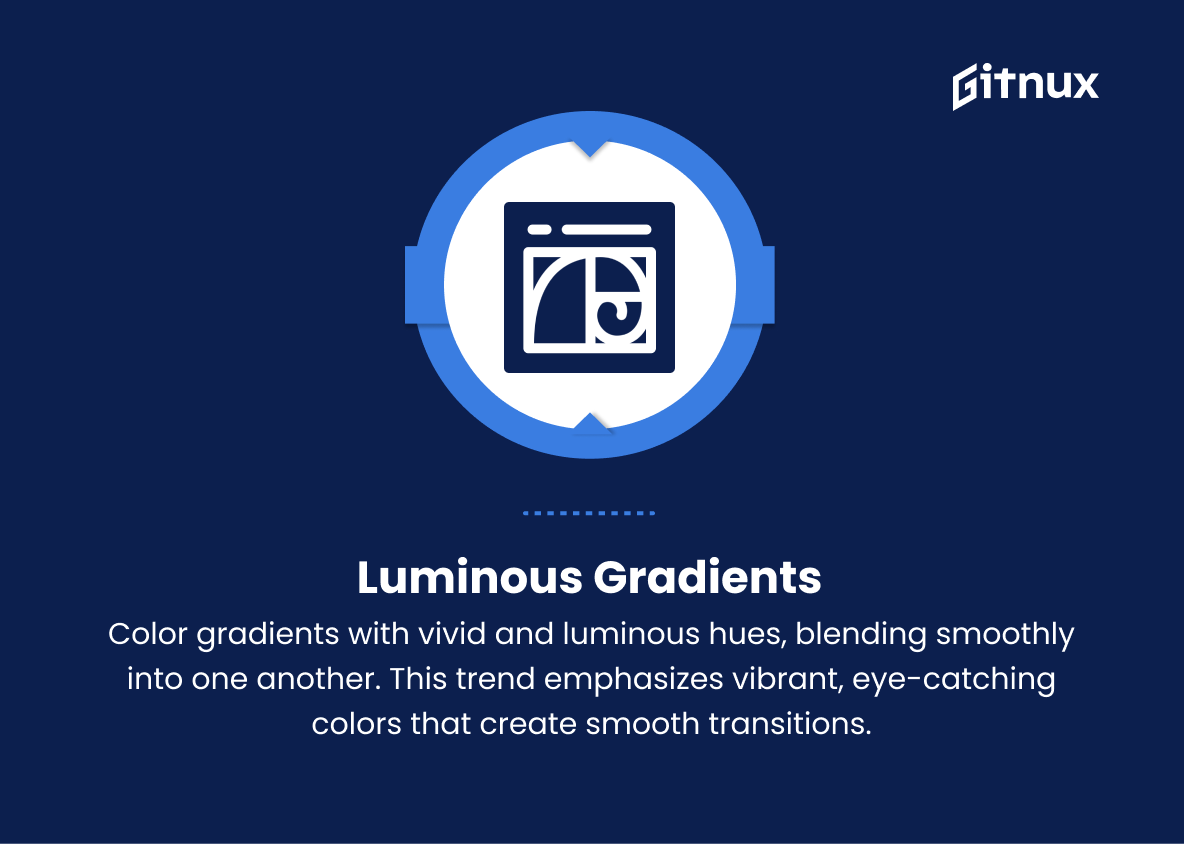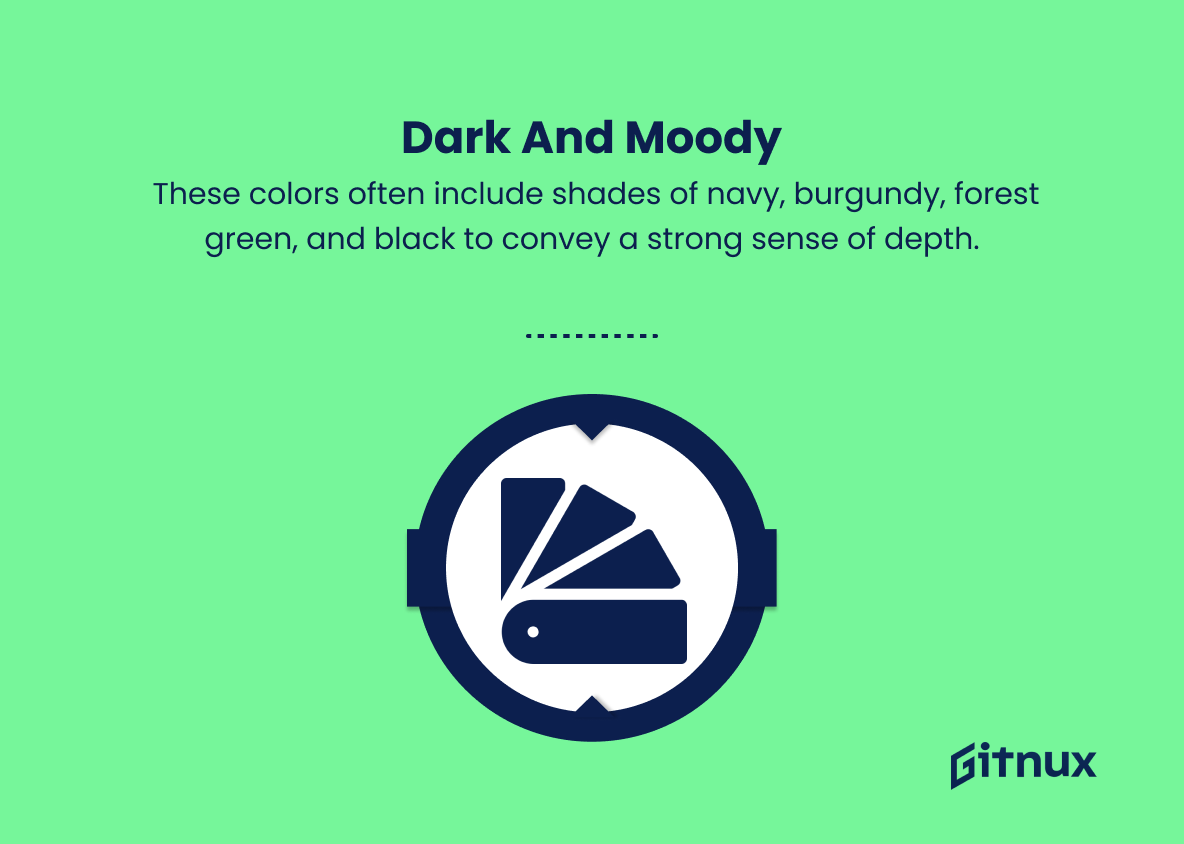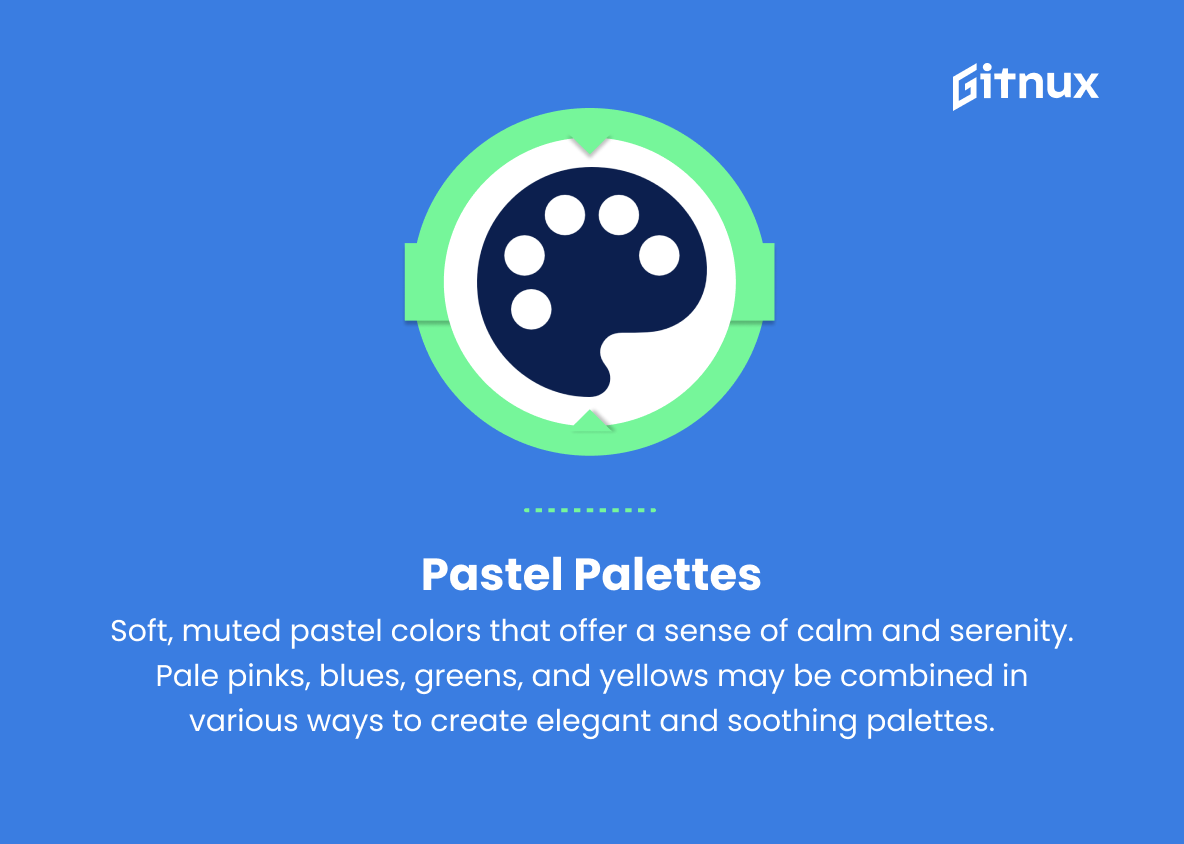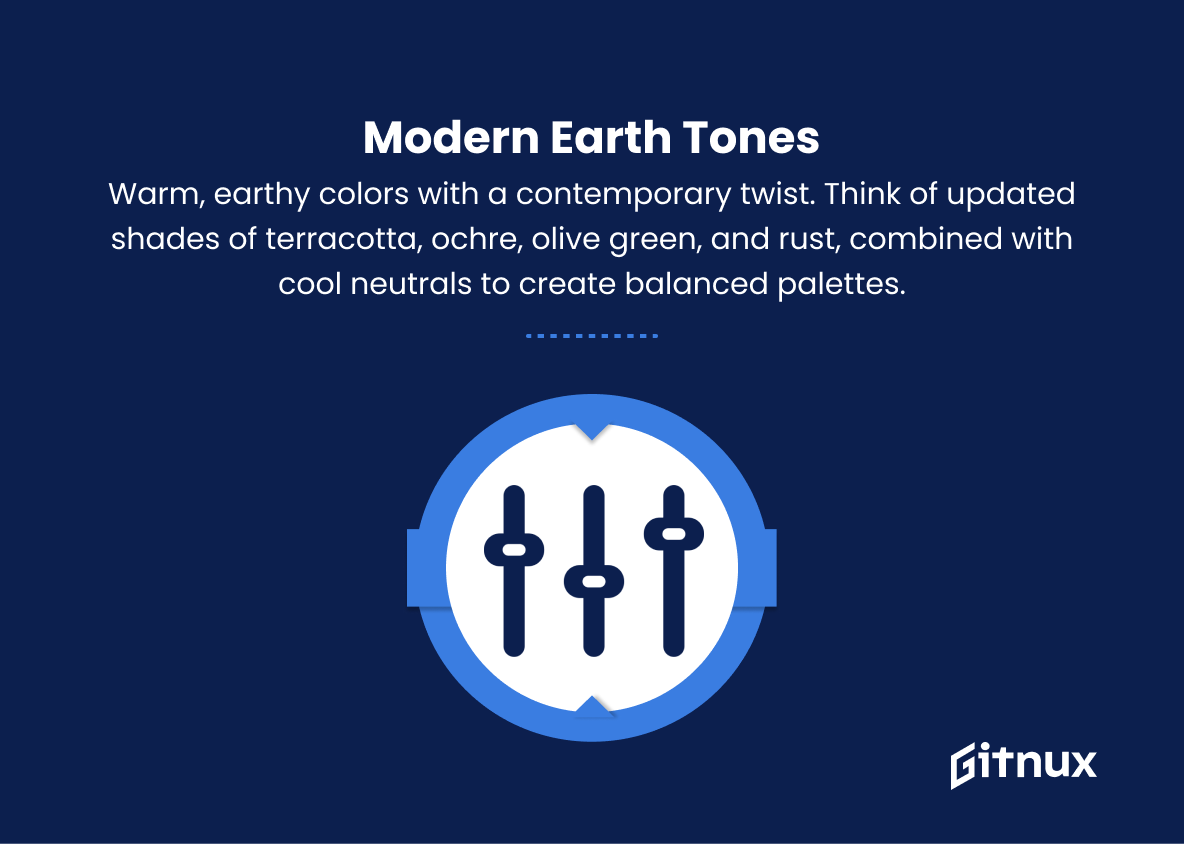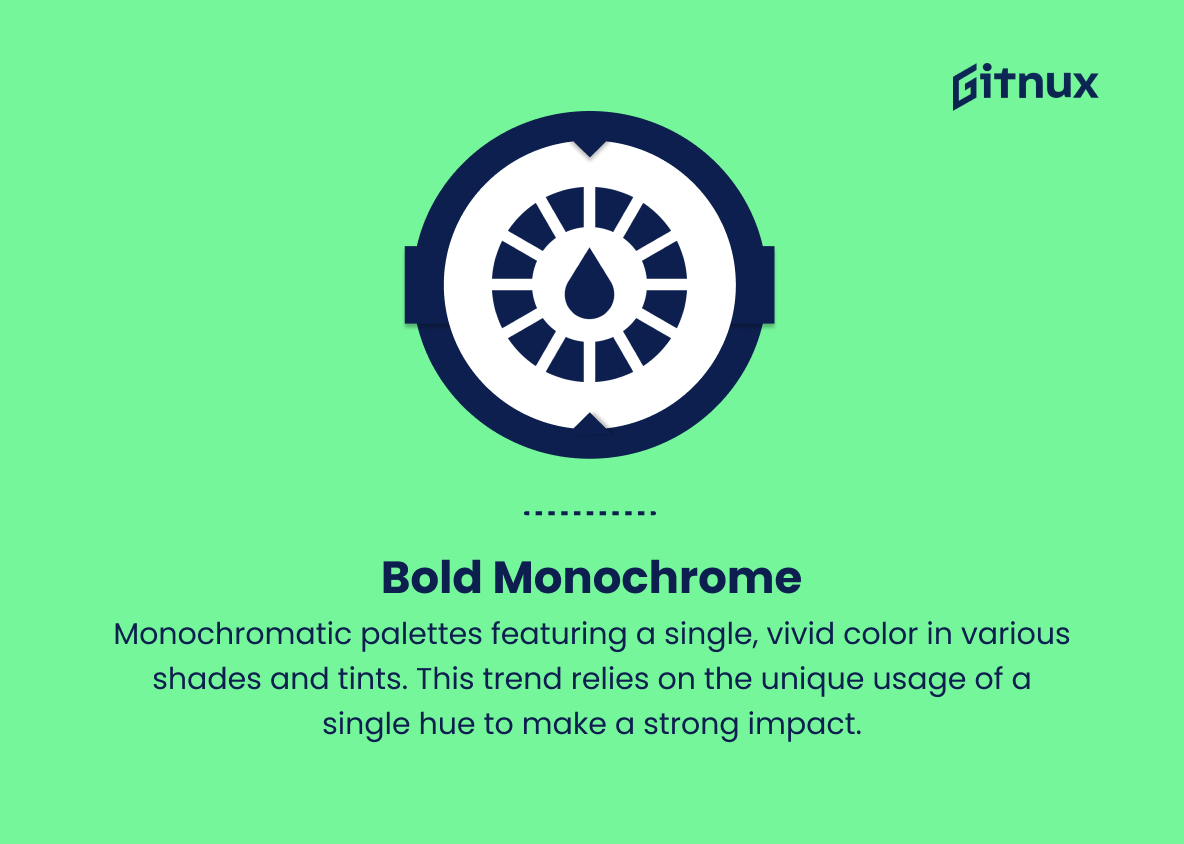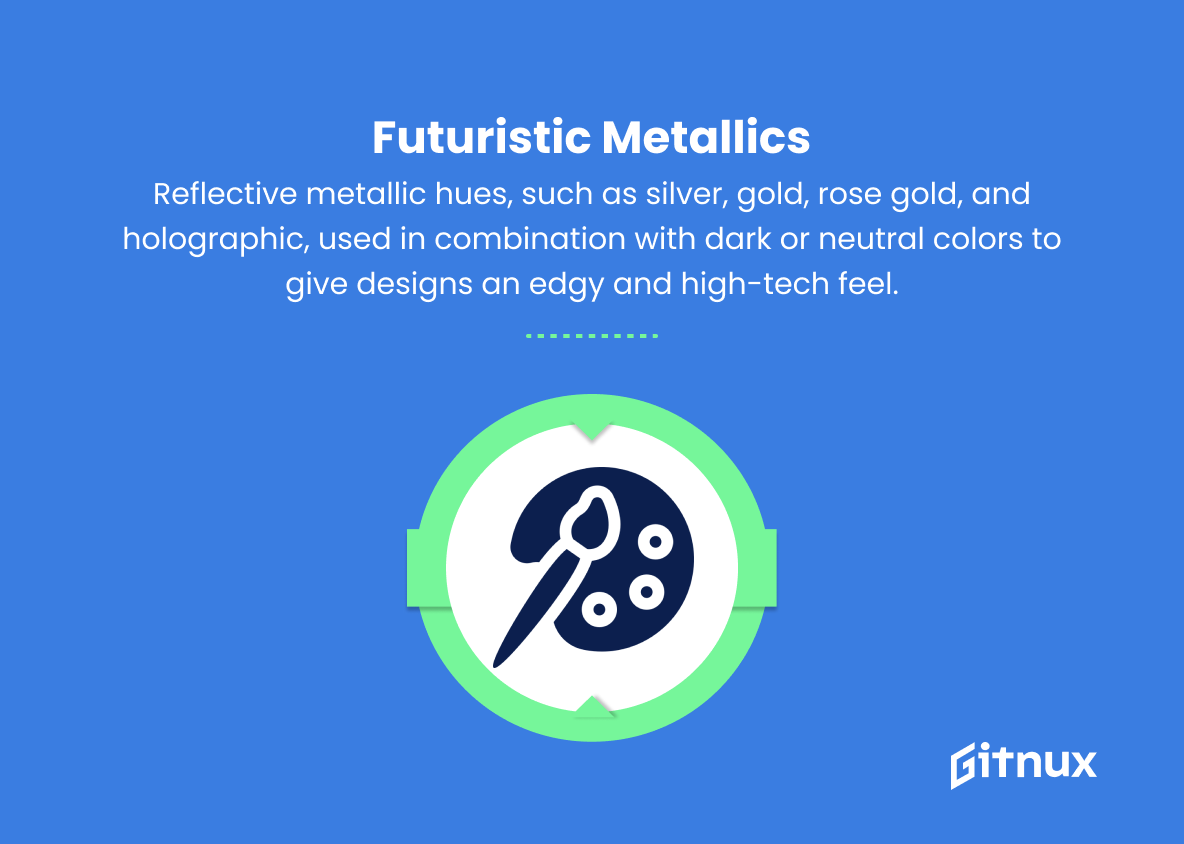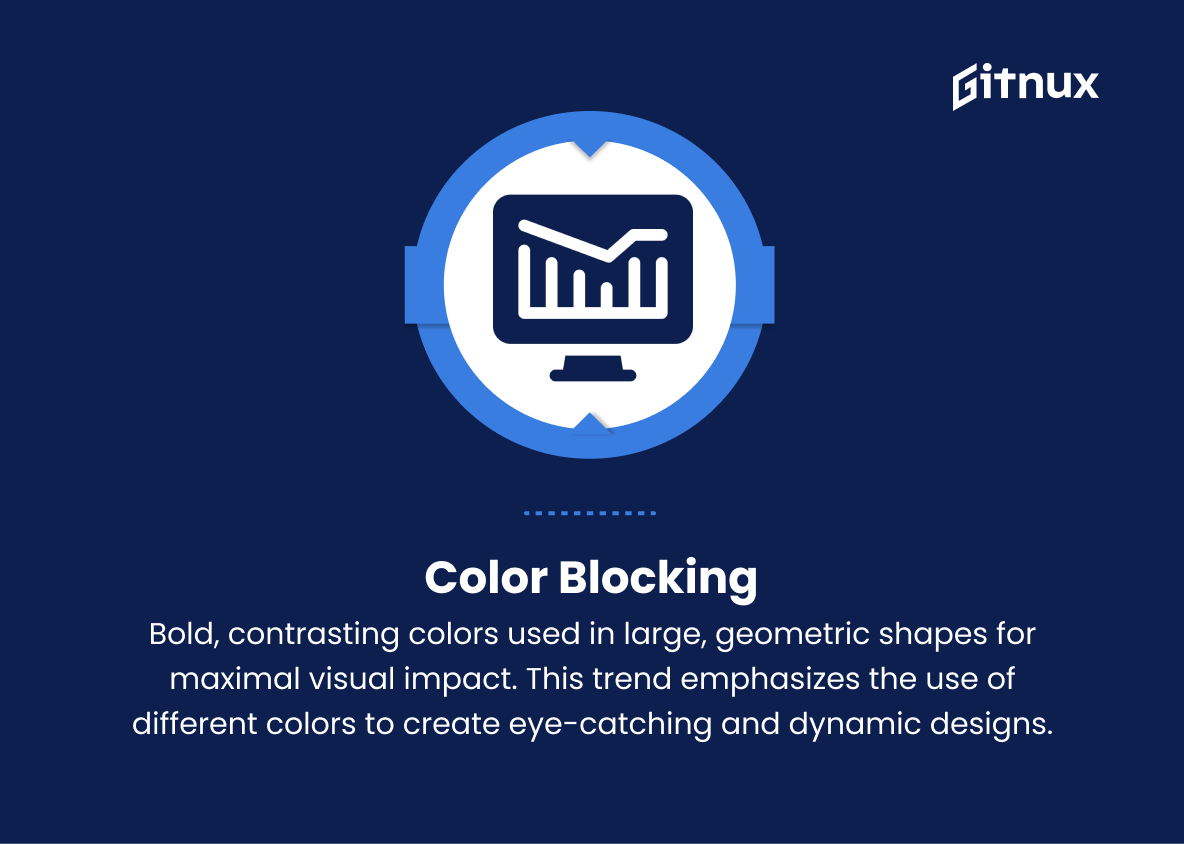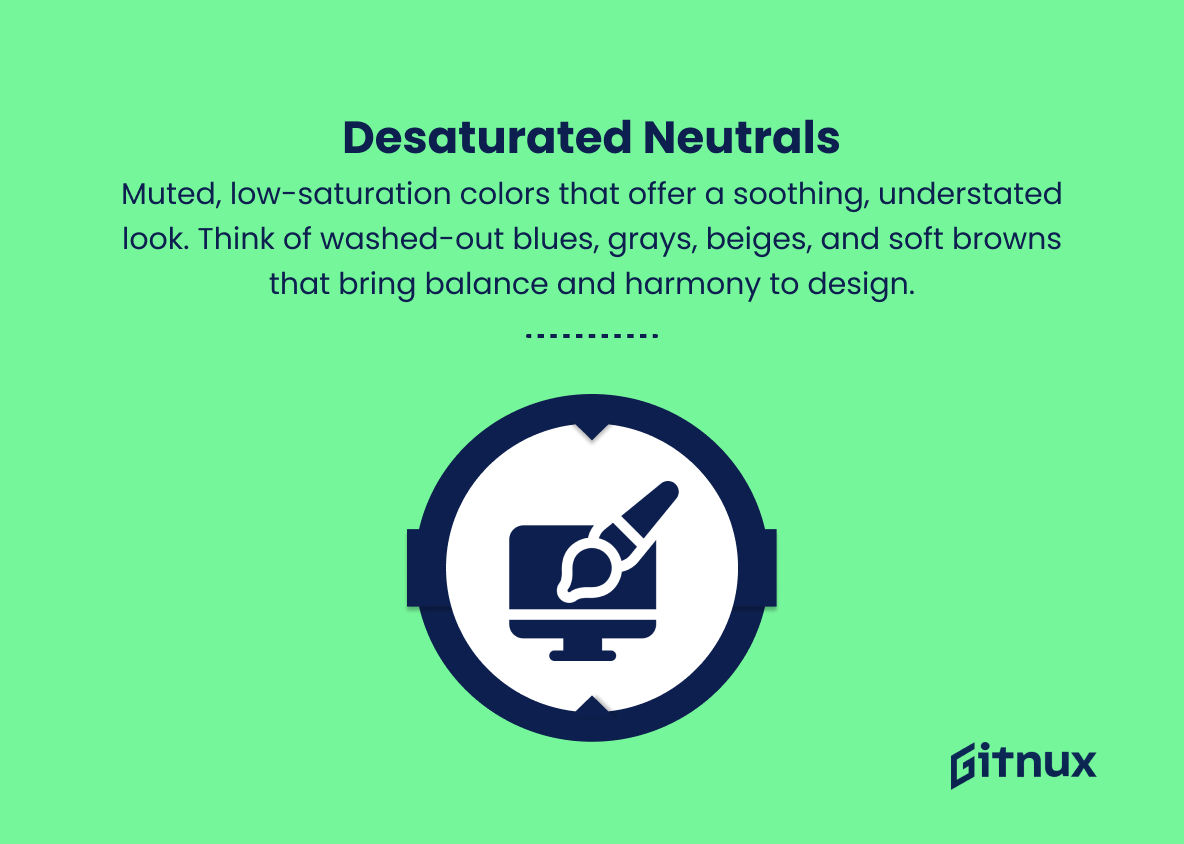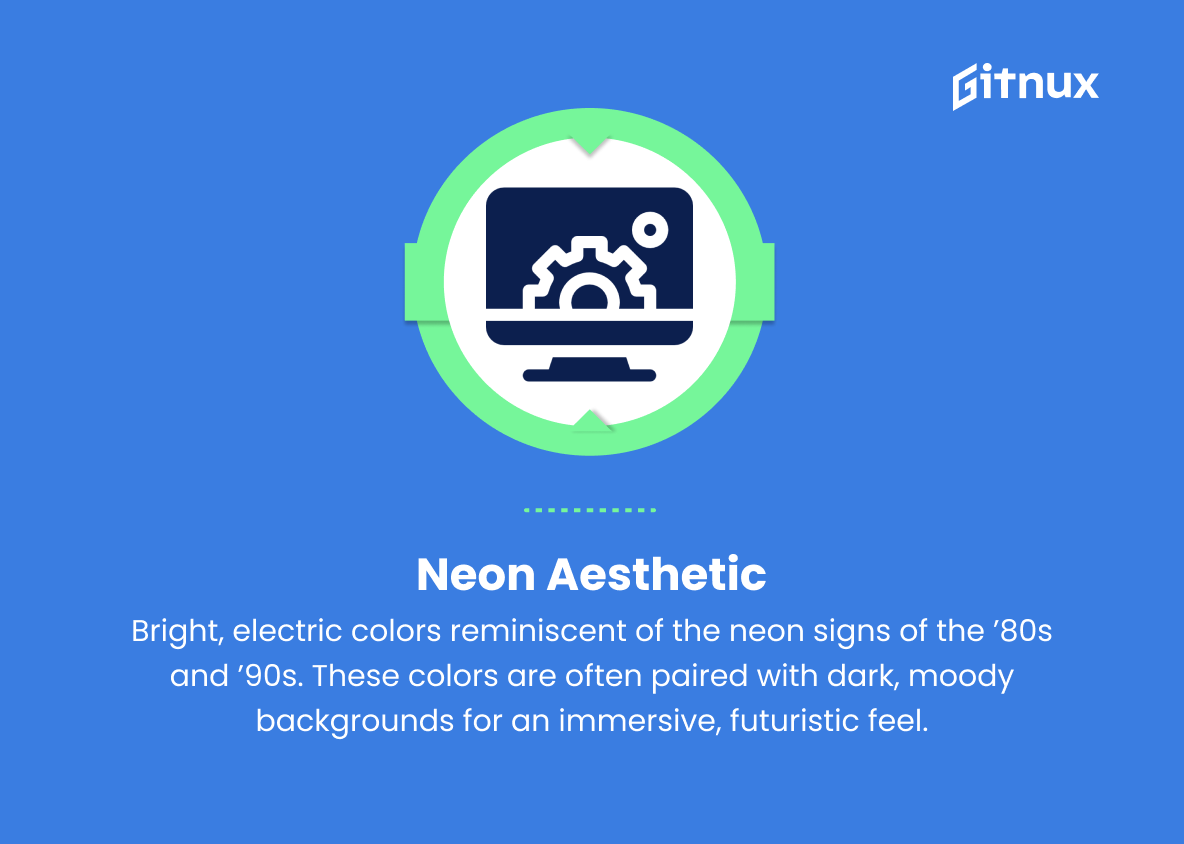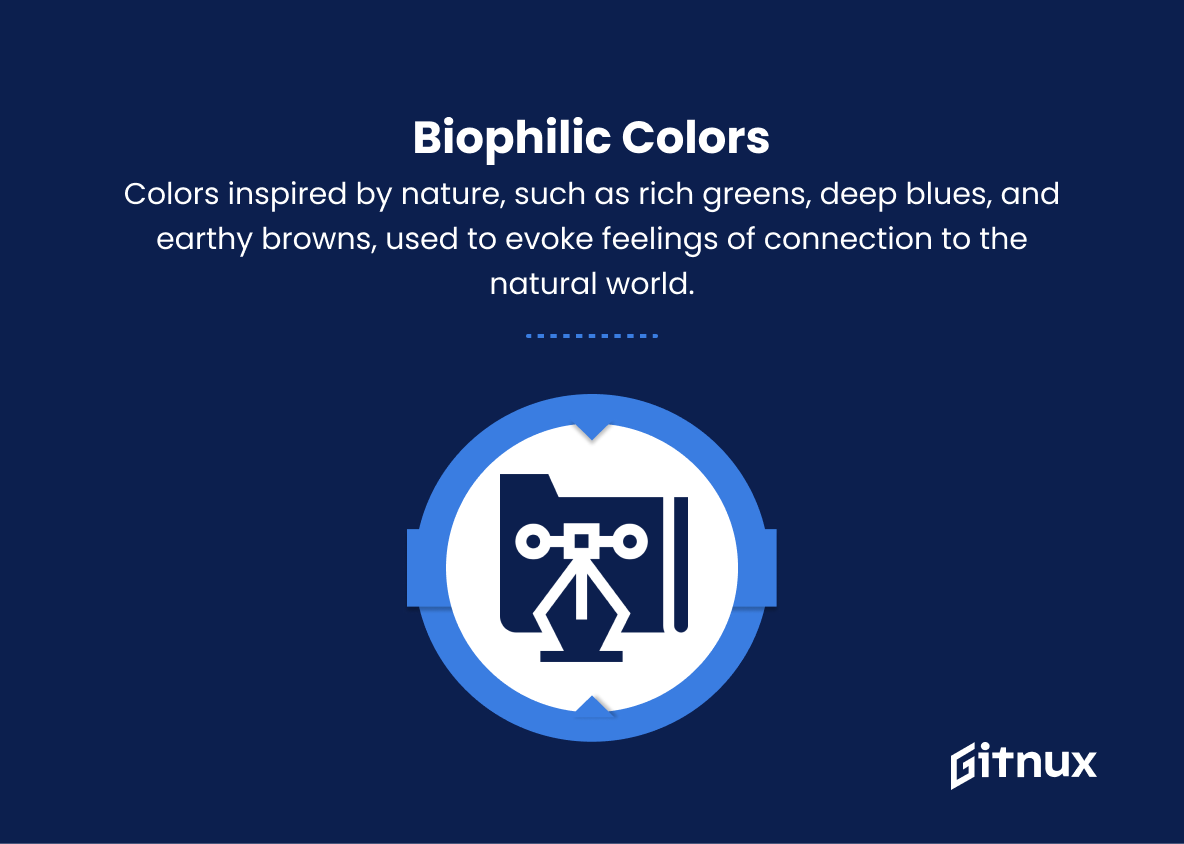In a world where visual communication reigns supreme, staying informed about the latest color trends is crucial for designers, marketers, and businesses alike. Color evokes emotion, influences perception, and can significantly impact the success of any creative project. As pioneers in design innovation, Adobe has consistently proven themselves to be at the forefront of deciphering and predicting color trends.
In this in-depth blog post, we will explore the current Adobe Color Trends, delving into their origins, significance, and potential applications in the world of design. Prepare to be inspired and elevated as we unlock the power of color and embark on a journey through the most captivating and influential hues dominating today’s creative landscape.
Top Adobe Color Trends
As a language model AI developed by OpenAI, I don’t have real-time or current data, but I can tell you some color trends in design, influenced by Adobe Color Trends from the past years:
1. Luminous Gradients
Color gradients with vivid and luminous hues, blending smoothly into one another. This trend emphasizes vibrant, eye-catching colors that create smooth transitions.
2. Dark and moody
Deep, rich colors that evoke a sense of mystery and sophistication. These colors often include shades of navy, burgundy, forest green, and black to convey a strong sense of depth.
3. Pastel Palettes
Soft, muted pastel colors that offer a sense of calm and serenity. Pale pinks, blues, greens, and yellows may be combined in various ways to create elegant and soothing palettes.
4. Modern Earth Tones
Warm, earthy colors with a contemporary twist. Think of updated shades of terracotta, ochre, olive green, and rust, combined with cool neutrals to create balanced palettes.
5. Bold Monochrome
Monochromatic palettes featuring a single, vivid color in various shades and tints. This trend relies on the unique usage of a single hue to make a strong impact.
6. Futuristic Metallics
Reflective metallic hues, such as silver, gold, rose gold, and holographic, used in combination with dark or neutral colors to give designs an edgy and high-tech feel.
7. Color Blocking
Bold, contrasting colors used in large, geometric shapes for maximal visual impact. This trend emphasizes the use of different colors to create eye-catching and dynamic designs.
8. Desaturated Neutrals
Muted, low-saturation colors that offer a soothing, understated look. Think of washed-out blues, grays, beiges, and soft browns that bring balance and harmony to design.
9. Neon Aesthetic
Bright, electric colors reminiscent of the neon signs of the ’80s and ’90s. These colors are often paired with dark, moody backgrounds for an immersive, futuristic feel.
10. Biophilic Colors
Colors inspired by nature, such as rich greens, deep blues, and earthy browns, used to evoke feelings of connection to the natural world.
Remember, these trends may have evolved, and new trends could have emerged since then. To stay updated on the most current Adobe Color Trends, be sure to visit their official resources for real-time data.
Implications
The Adobe Color Trends have significant implications for the future of design, as they demonstrate the industry’s evolving sensibilities and cultural influences. Luminous gradients create striking visuals, while dark and moody palettes convey depth and sophistication. Pastel palettes bring a sense of calm and serenity, while modern earth tones emphasize environmental consciousness. Bold monochrome palettes make a powerful statement, and futuristic metallics infuse designs with cutting-edge flair.
Color blocking provides maximal visual impact, while desaturated neutrals evoke a sense of balance and harmony. Neon aesthetics pay homage to past eras while maintaining a futuristic feel, and biophilic colors foster connections to nature. These trends showcase the versatility and adaptability of color in design, shaping the way we experience the world around us.
Conclusion
In conclusion, Adobe Color Trends plays a critical role in not only the creative industry but also in understanding the underlying cultural and societal shifts. By staying in tune with these trends, designers, marketers, and businesses can create effective visual experiences that resonate with their target audience.
Through Adobe Color Trends, we are empowered to embrace the evolution of colors, enhance our creativity, and stay ahead in the ever-changing landscape of design. Ultimately, it is essential for us to continually evolve our color palettes as a reflection of the world we live in, ensuring that our work remains relevant, engaging, and visually appealing to audiences worldwide.
